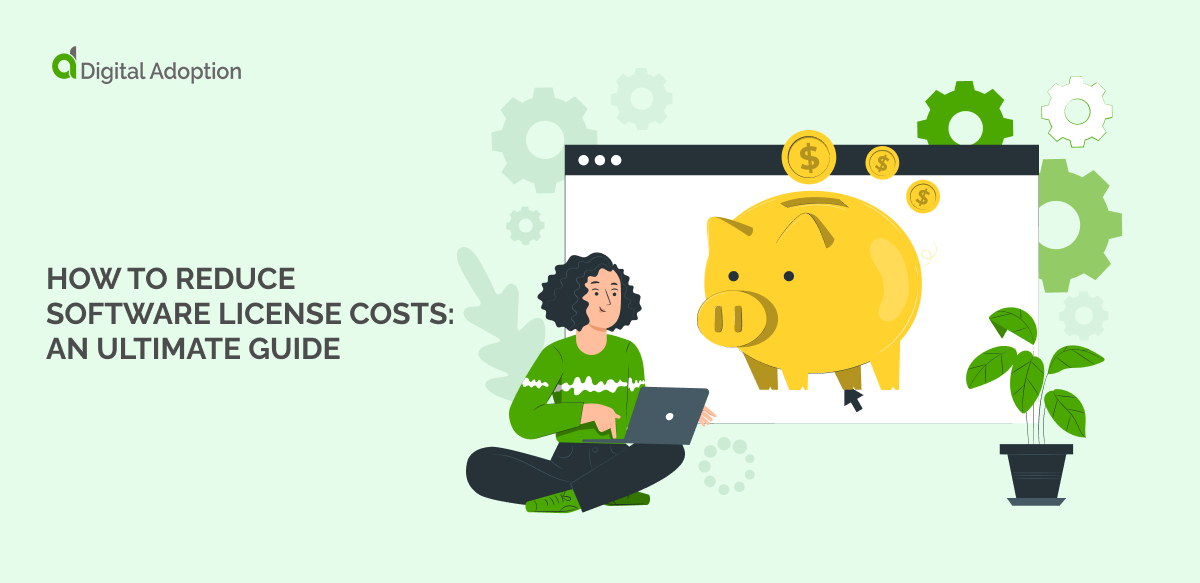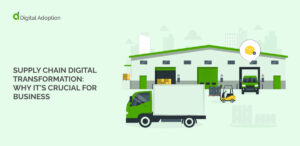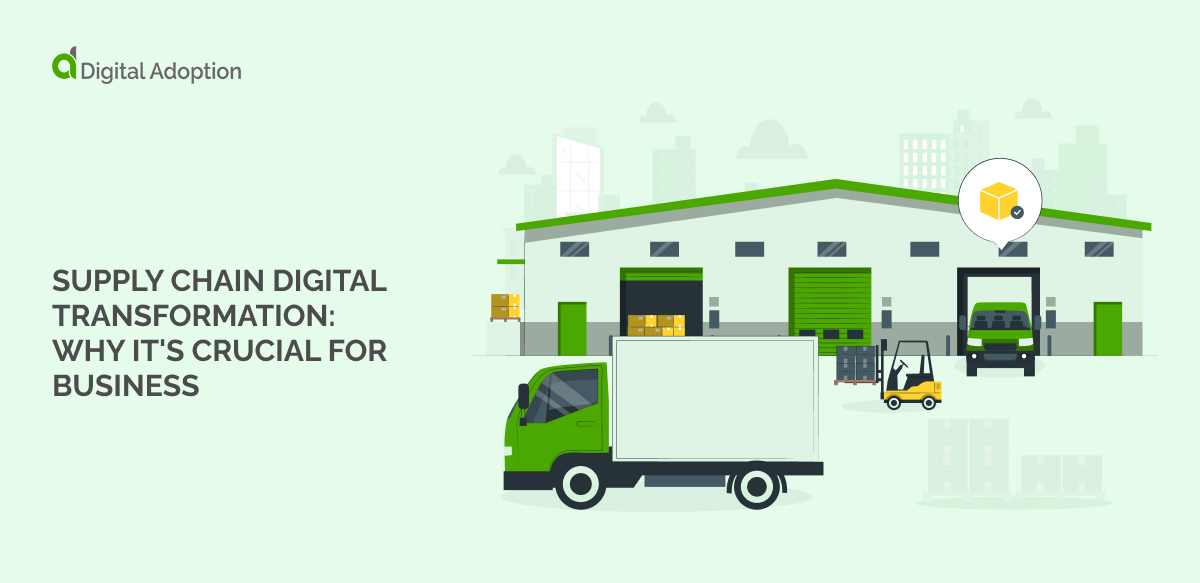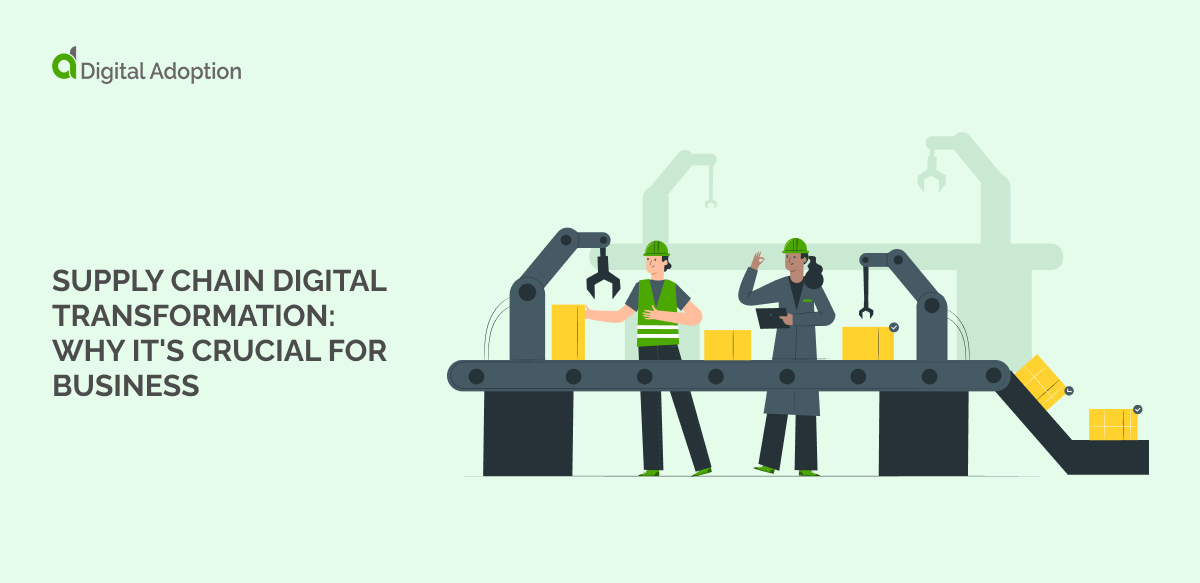The path to reducing software license costs isn’t shrouded in secrecy. The tactics are clear-cut, albeit their implementation might pose some hurdles.
Start by conducting a thorough assessment of your current software license usage. Next, enter negotiations with your software vendors armed with confidence and data.
Embedded within these overarching actions are a multitude of smaller, detailed tasks that, if executed effectively, can lead to substantial cost savings in the forthcoming year.
Many companies overspend on software licenses. So, reducing costs on software license optimization can save your company serious amounts of money.
Research from Nexthink reveals some shocking home truths about software license use. A survey of thousands of devices revealed that 50% of licenses are unused, costing up to $44 million.
On the plus side, gross overspending on software licensing costs means you have many opportunities to improve your situation. Cost savings are just one dimension of a software license management project. But reducing costs is the kind of language that executives understand well, so it’s worth your time.
This article is a guide to reducing software costs in your business. We’ll start by understanding what cutting software licensing costs means. Then, we’ll look at seven ways to do this one by one.
It takes smarts to use software licenses well, so let’s get stuck in.
Why you need to reduce software license costs: the background
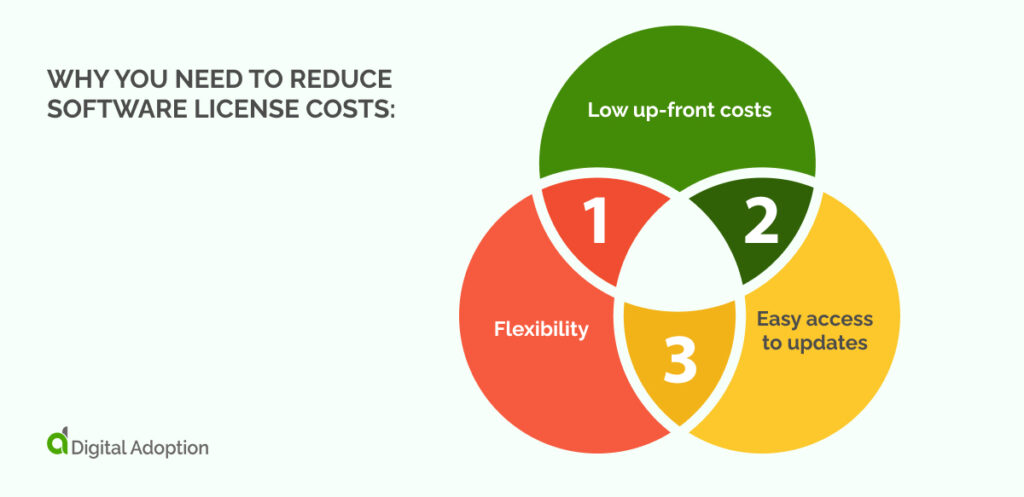
Software can be either a capital expense or an operational expense. In today’s SaaS-oriented model, software usually requires month-by-month subscriptions or licensing arrangements. As such, the software is usually an operational expense, with some exceptions for crucial desktop applications.
The licensing model for software use has many bonuses for businesses. It offers flexibility, low up-front costs, and easy access to updates. However, when companies start to grow their digital ecosystems, digital licensing becomes difficult to manage.
Even in a simple business, employees may use dozens of small applications. If business units are continually making new decisions about software, it’s difficult for IT managers to keep up.
IT leaders are not just worrying about costs, even though the financial costs of unused software are huge. Good licensing practices bring in wider issues that you need to think about.
For example, McKinsey’s research confirms that effective license management can have a positive impact on cybersecurity.
So, reducing software license costs makes a difference to every part of your business.
The best ways to reduce and optimize software license costs
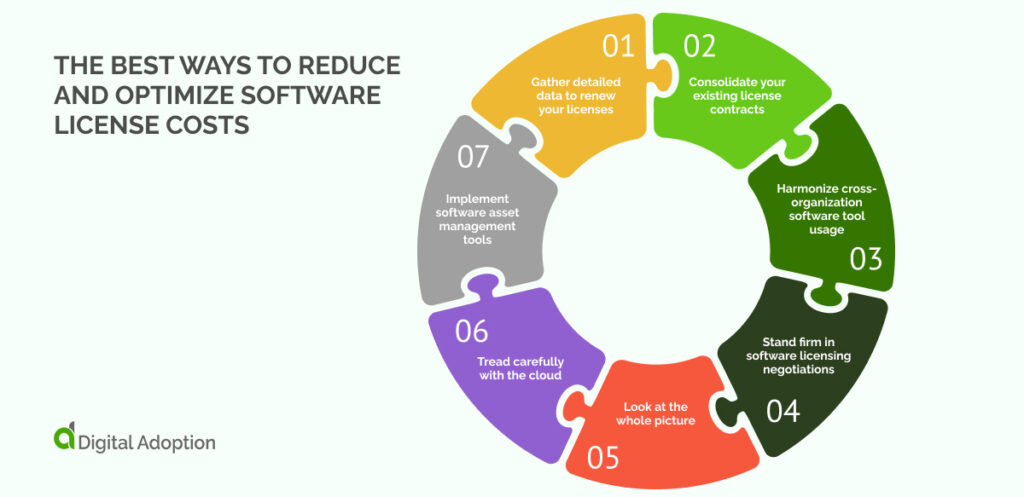
This section will look at seven ways to start working on your software license cost optimization program.
The strategies for reducing software costs use various skills, including data gathering, negotiating tactics, and collaborative conversations about technology. To produce effective results, you need a combination of specialized knowledge and “soft” skills.
Take a look at the steps below and see what potential savings you can make.
1. Gather detailed data to renew your licenses
The first step is to gather clear software usage data and use that data to negotiate with your software vendor. This won’t bring immediate cost savings. But if you understand your users perfectly, there’s a good chance of driving down the costs of license renewal.
You can use a Digital Adoption Platform, Software Asset Management tools, or traditional surveys to understand how employees use the software.
You will get information like:
- User Count
- User Activity
- User Feedback
- User Support Tickets
- User Profiles
Altogether, data-gathering will help you to discover redundant software, unnecessary costs, and unused licenses.
2. Consolidate your existing license contracts
Consolidating your existing software licenses involves streamlining current agreements to eliminate redundancy.
The starting point is clear data, including a comprehensive inventory of your organization’s software licenses and agreements. Identify overlapping or duplicate licenses and determine if any software can be replaced with a single, more cost-effective solution. By consolidating licenses, you can simplify management, reduce administrative overhead, and negotiate more favorable terms with fewer vendors.
This approach not only cuts costs but also enhances license management efficiency, minimizes the risk of non-compliance, and allows for better allocation of resources, ultimately optimizing your software ecosystem for improved productivity and cost savings.
3. Harmonize cross-organization software tool usage
Everyone has a favorite word processor, CRM, or note-taking package. And some businesses like to cater to everyone’s personal preferences. However, there are better ways to achieve a streamlined licensing ecosystem. If products from Apple, Microsoft, and Google are all doing the same thing, why are you paying for all three?
When you’ve got a clear inventory of software usage, you can understand where you have overlapping software functions. Then, you can make an informed choice about which licenses to keep and which licenses to eliminate.
Streamlining your software choices can reduce license costs, improve operational efficiency, and simplify training and support needs. Harmonization has other benefits. It fosters a more cohesive and productive work environment where employees can focus on mastering a smaller set of tools, enhancing collaboration, and optimizing workflows.
4. Stand firm in software licensing negotiations
In contract negotiation, you must leverage your position and clout to secure more favorable terms for your software licensing agreements.
You can use various points of leverage, such as the length of your commitment and the number of users. If you’re a major customer, you can push for contract restructuring, including adjusting payment terms, changing payment schedules, or imposing price caps that protect your budget.
This process can reduce software license costs substantially. After all, your organization will only pay for what it needs and secure advantageous terms. This approach is useful for organizations with substantial purchasing power, as it allows them to assertively negotiate contracts that align with their financial and operational objectives, ultimately achieving significant cost savings.
5. Look at the whole picture
Access to the software is actually just one part of the cost of a license.
A holistic view of software costs includes many other factors – like maintenance, warranty, and support fees.
You may be able to negotiate reductions in some of these costs when you renew subscriptions. And if you have “shelfware” – software that is not in active use – you may be able to suspend support costs for a period.
This process can help you substantially reduce software maintenance expenses, ensuring you only pay for the software that actively contributes to your operations. This approach is invaluable for optimizing your software budget, eliminating unnecessary costs, and maintaining a lean and cost-efficient software ecosystem.
6. Tread carefully with the cloud
Cloud computing opens up many options for companies – access, expansion, and updates are now very easy to navigate. However, if you are not careful, cloud costs can get completely out of control.
Cost opacity, scalability, and complex pricing models can all lead to expensive “accidents.” If all employees can change the settings, someone might crank up the storage usage, or if you’re holding on to legacy projects in the cloud, you might be needlessly throwing thousands of dollars down the drain every month.
Cloud cost optimization is a specialist discipline in its own right. If you can hire an expert professional to support this area of your business, you will certainly reduce your software costs.
7. Implement software asset management tools
We started this list by talking about data gathering, so it’s only right that we’ll end with data gathering.
Implementing a digital adoption platform (DAP) tool and software asset management (SAM) tools greatly reduces software licensing costs. These tools provide a comprehensive understanding of an organization’s software landscape. These comprehensive tools can reach even isolated pockets of software that often go unnoticed in traditional auditing methods.
DAP tools offer insights into software use, enabling optimization and increased efficiency, while SAM tools help track and manage licenses more effectively. Together, they empower businesses to make data-driven decisions, eliminate unnecessary expenses, and ensure compliance, ultimately leading to significant cost savings and streamlined software operations.
Reduce the burden of software licenses, one step at a time
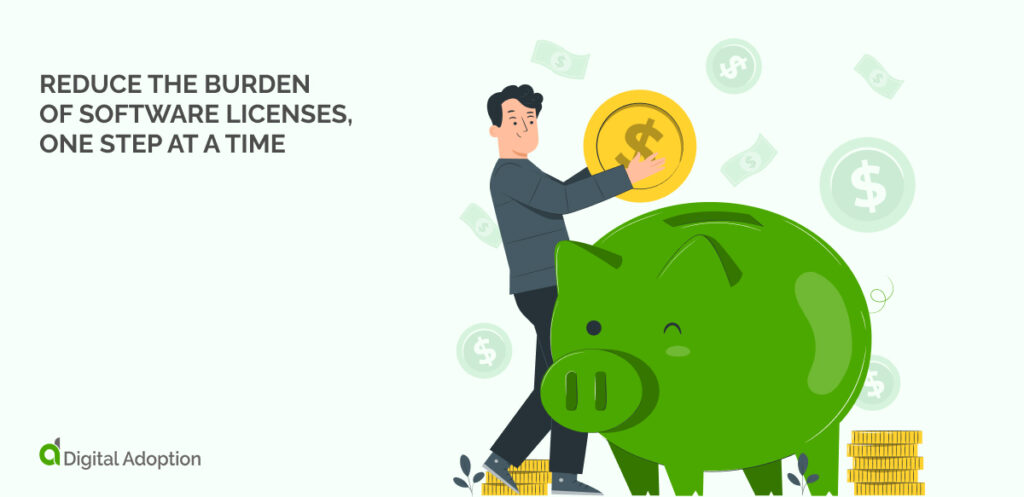
As you can see from this article, a focus on software licenses will reward your time. It will help you get your software spending under control, mitigate compliance risks, and build collaborative working practices.
However, software license issues are only one aspect of business efficiency. Ideally, optimizing software licenses should only happen within a strategy for IT cost optimization. And in turn, that’s just one part of overall operational cost reduction.

